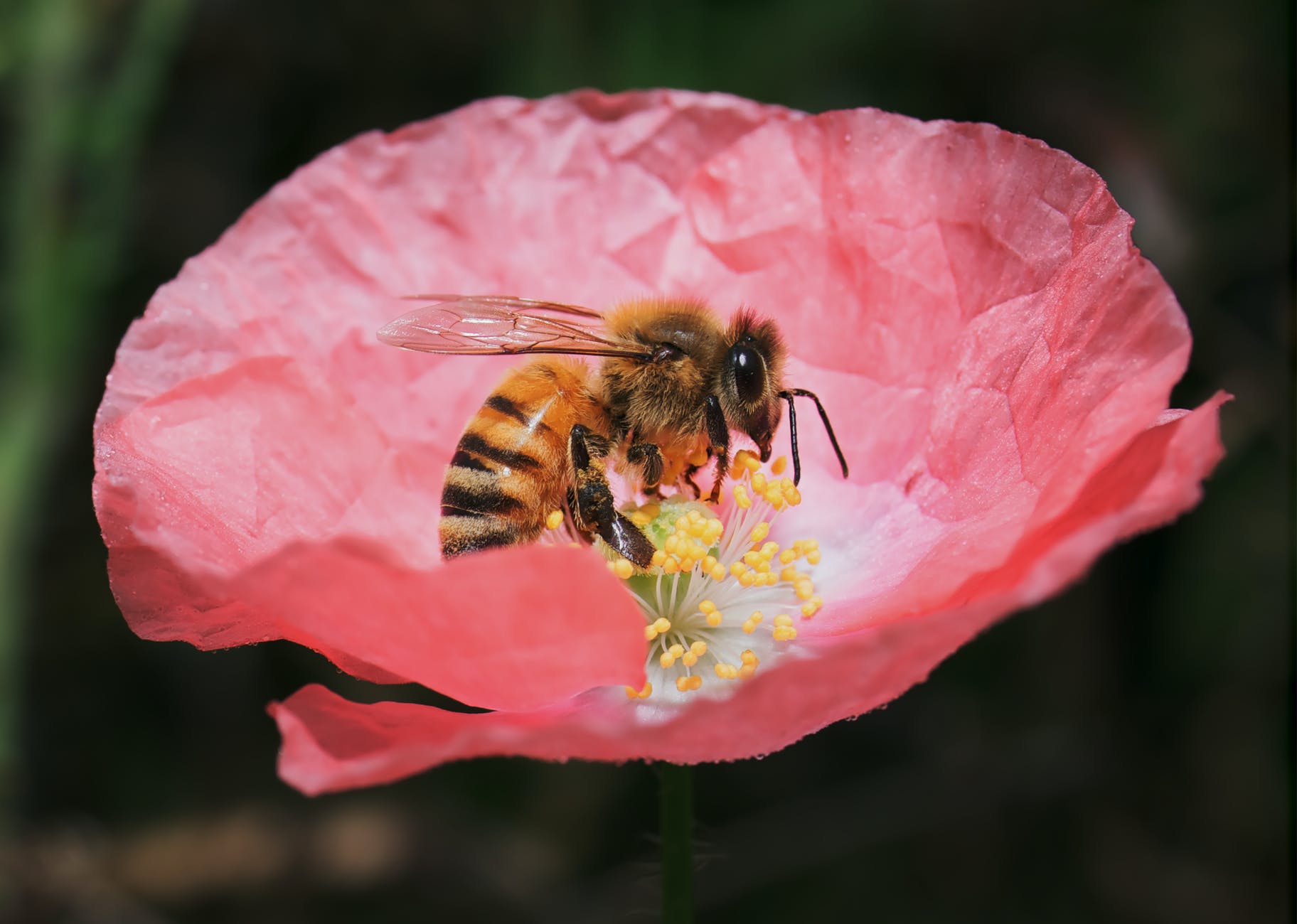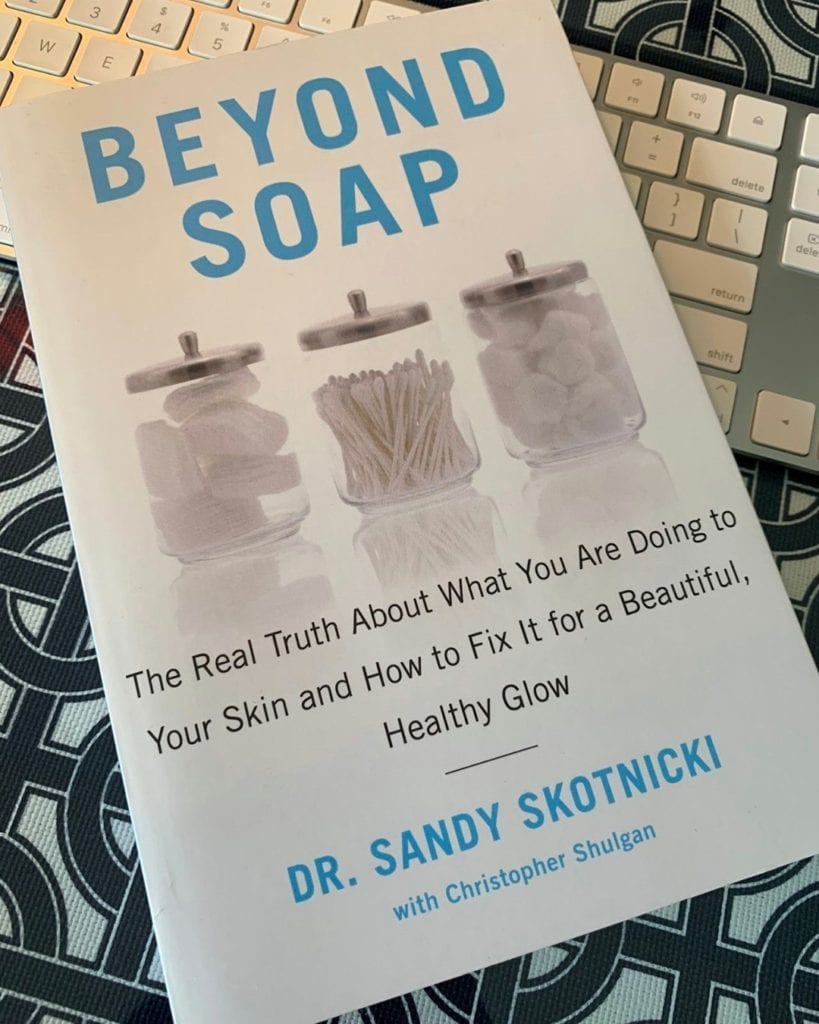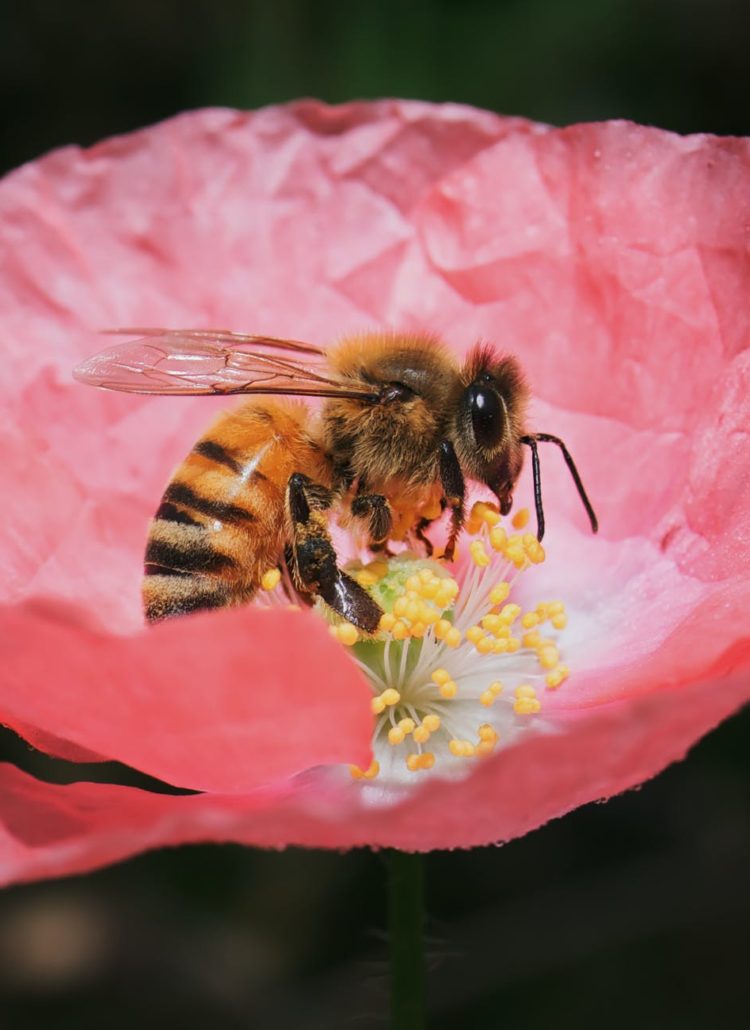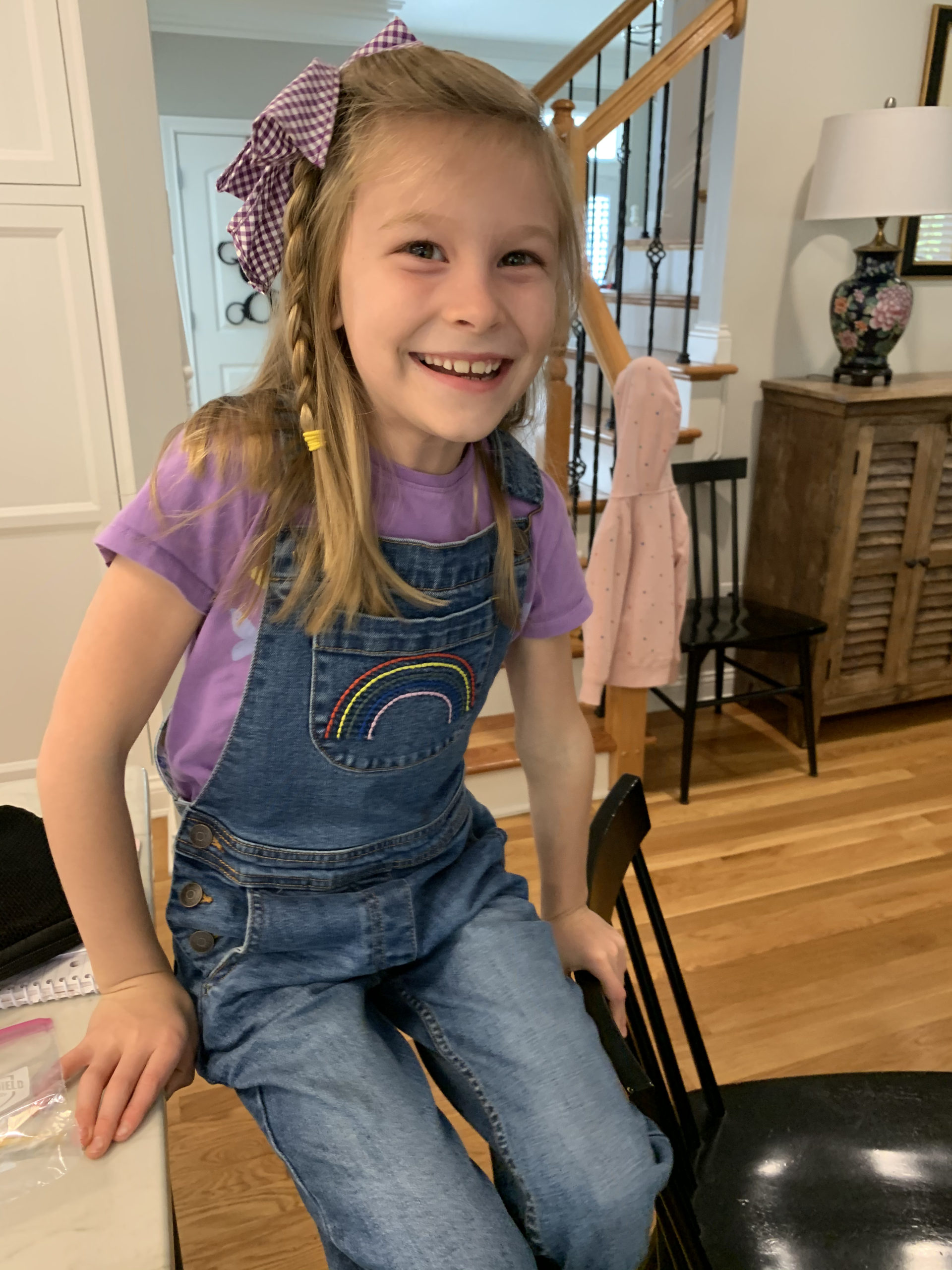You have an allergy to Propolis. Say what?? I heard these words at my most recent patch test in 2019. In fact, it was one of my largest allergic reactions. In previous patch tests, propolis only showed up as an irritant, but I wasn’t given that info. (read my blog post on patch tests and why it is important to always request a copy of your irritants from your patch test dr).

Propolis is the glue made by honeybees to build, repair, and protect their hives. Propolis consists of partially digested resins from a variety of tree buds and barks mixed in with beeswax. After realizing that, it’s not hard to understand how it can be similar to a fragrance allergy. Other propolis-related substances include Propolis Cera, Beeswax Acid, and Synthetic Beeswax. Coming in contact with any of these will set off a reaction for someone with a propolis allergy. Synthetic Beeswax is a wax synthetically derived to be generally indistinguishable from natural beeswax with regard to composition and properties.⠀
⠀
Propolis allergy incidence increasing in children

Propolis allergy incidence has been rapidly increasing with the use of natural products in children especially.
“Propolis is an increasingly important allergen, with European studies reporting positive patch test rates of 1.2 to 6.6%. In one series from Finland, the rate increased from 0.5% in 1995-7 to 1.4% in 2000-2. Another study in children reported an increase from 2% to 13.7% between 1995 and 2002; 75% of the patch test-positive children had used a natural product or alternative medicine remedy. In a 2010 Polish patch test study of children with chronic recurrent eczema and atopy, a positive propolis patch test was recorded in 16.5% of children aged 7-8 years and 5.4% of adolescents aged 16-17 years. Propolis was the second most common positive patch test allergen after nickel in children and the fourth most common in adolescents.”
DermNet NZ, Contact allergy to propolis
Author: Dr Delwyn Dyall-Smith FACD, Dermatologist, 2010
As a parent of a 7-year-old daughter, it is shocking to see the high incidence of propolis allergy in her age group. There’s early research showing children can become sensitized as early as a few days old when using too many products on the skin. The best approach is to wash minimally and only use a fragrance-free/botanical/essential oil-free moisturizer on infants/babies for up to the 1st year. For younger children, use a fragrance-free gentle wash and moisturizer. Start with a PreEmptive Avoidance Strategy P.E.A.S. from the beginning to avoid lifelong allergies. Here are my suggestions:
ACD Allergy Resources
If you haven’t read patch test dermatologist Dr. Sandy Skotnicki’s book Beyond Soap yet, you must. She has an entire chapter geared toward skin health for children and babies. Her book is filled with valuable information about skin health including propolis allergy.

My go-to, favorite resource is the SkinSafe Products website. This website and smartphone app were developed by Mayo Clinic director of patch testing Dr. Jimmy Yiannis. The website and the app are each valuable resources with specific benefits to each. The app has a scan feature which I use almost daily to check product ingredients and for my Safe For Me badge. The website’s Learning Center helps me to look through ingredients of products not yet in their database. I can search each ingredient for the Safe for Me badge. An invaluable resource. With a personal allergy code (email your allergens to [email protected]), SkinSAFE will disclose the unsafe for you ingredients in RED, but only on their website – not a feature on the app just yet.
⠀
⠀




Holly says
I feel lucky that I do not have a propolis allergy at the current time. We can always learn more and be on the look out for common allergens. I have ordered the book “Beyond Soap” that you recommended. I really need to dive in to learn more.
Kate says
Before being diagnosed with ACD, I never thought so much about all of the ingredients in products that we put on our skin! And asking for a list of irritants from patch testing is genius. I would have never thought of that. More great info Dannyelle – thank you!